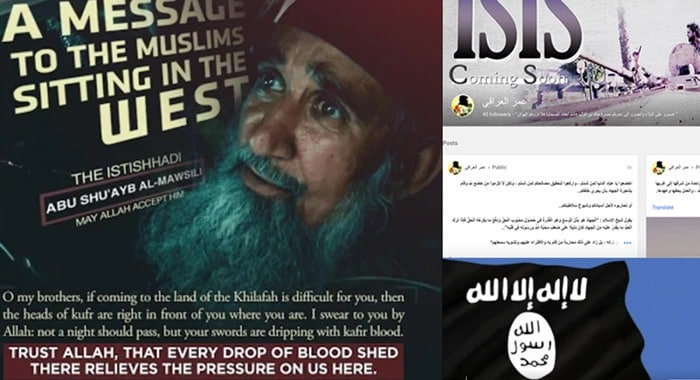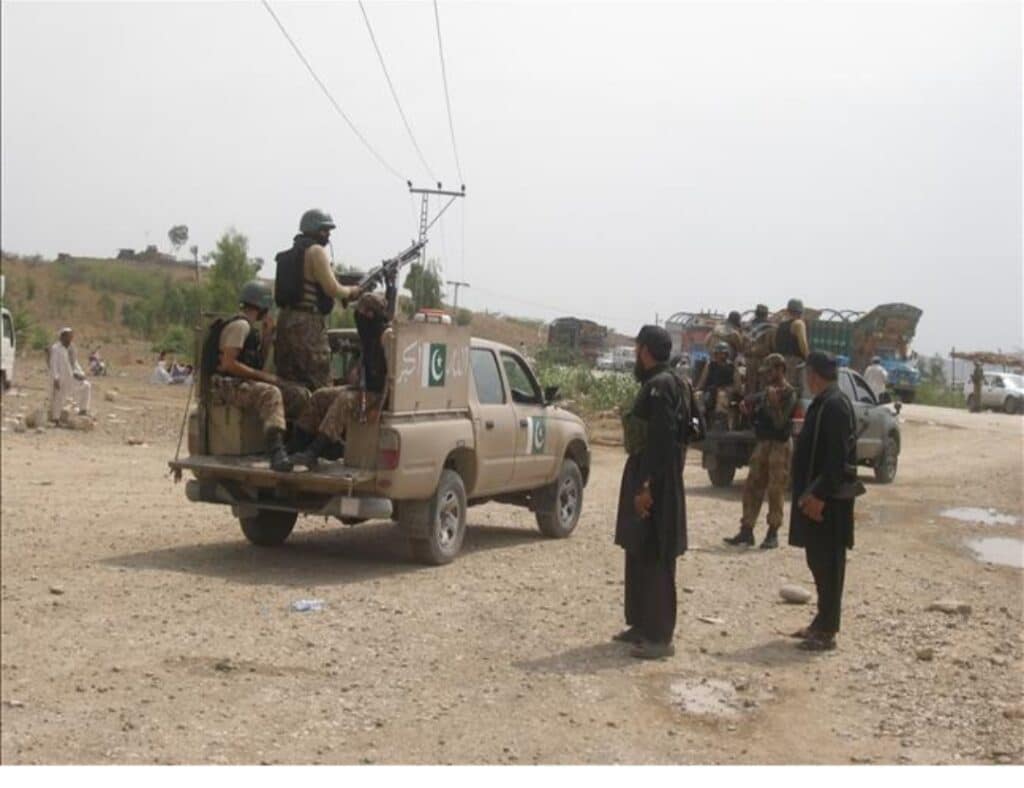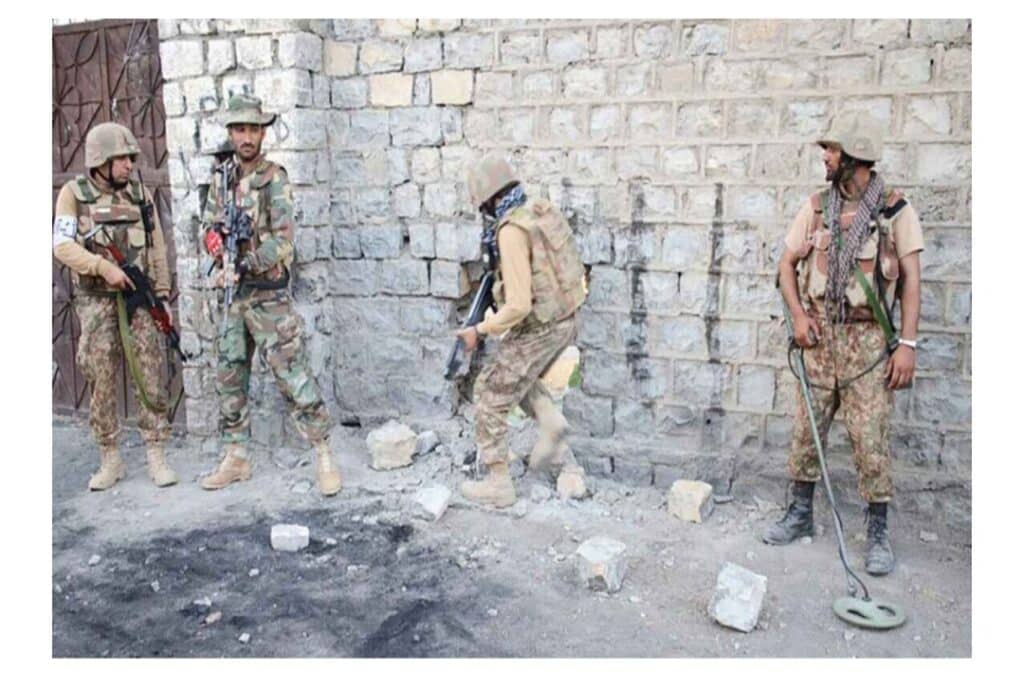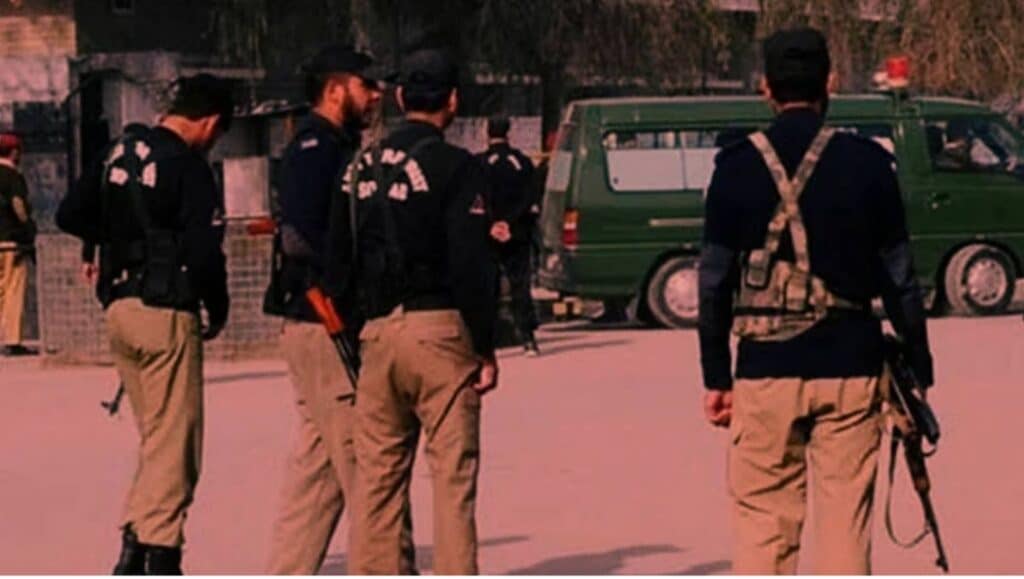In the annals of modern conflict, no terrorist group has manipulated the digital landscape with the cold precision and moral depravity of the so-called Islamic State (ISIS). While its worldview was rooted in the ideological rubble of seventh-century fanaticism, its propaganda arm functioned like a cutting-edge media enterprise albeit one driven by death, deceit, and destruction.
ISIS did not merely use media; it engineered terror into spectacle. Through high-definition visuals, Hollywood-style editing, and psychological orchestration, the group turned acts of unspeakable cruelty into globally distributed horror films. Beheadings, immolations, drownings each atrocity was not only staged but directed for maximum emotional impact. And while the victims were real, the true targets were millions of online viewers around the world. Terror, in ISIS’s hands, became a viral performance.
This grotesque fusion of medieval savagery with modern storytelling reveals a disturbing truth: ISIS understood the digital psyche far better than many nation-states. Its media strategy was not just about recruitment
it was about domination. It offered alienated youth, especially in the West, a seductive fantasy: a life of purpose, status, and belonging under the banner of a “global ummah.” In reality, they were being lured into a dystopia of bloodshed, misogyny, and moral collapse.
At the core of this strategy lay a toxic psychological formula: first create fear, then offer refuge. ISIS inflicted horror to shock and destabilize, then styled itself as the only shield against chaos a perverse reinvention of the same fear-refuge model used by fascist regimes throughout history. But unlike the totalitarians of the 20th century, ISIS had Twitter, Telegram, YouTube, and a global stage.
The group’s media wing, Al-Hayat, operated like a propaganda ministry, churning out sleek magazines and multilingual video content designed to both inspire allegiance and paralyze resistance. From symbolic flags fluttering over conquered cities to drone footage of battlefields, every frame was calibrated to convey a message: We are inevitable. We are divine. Submit or perish.
But behind the camera, ISIS was nothing more than a collapsing death cult ruling through fear, enslaving women, executing dissenters, and driving entire communities into ruin. The polished façade masked a brutal regime of extortion, ethnic cleansing, and medieval punishments. It was not a state; it was a blood-soaked illusion propped up by pixels.
Even more troubling was the group’s ability to manipulate international media. ISIS understood that mainstream outlets are hardwired to chase shock. Every beheading or mass execution video was crafted with the expectation that CNN, BBC, or Al Jazeera would broadcast its message intentionally or not. The group exploited this cycle brilliantly, turning the world’s information networks into unwitting distributors of its narrative.
Though major platforms eventually banned its accounts, ISIS simply migrated to encrypted apps like Telegram, rebuilding its digital caliphate in private echo chambers. Its defeat on the battlefield did not mean the end of its influence. Like a virus, its propaganda mutated and spread, infiltrating minds long after the bombs fell.
ISIS’s media legacy is not just a cautionary tale it’s a warning. In the wrong hands, information becomes a weapon more lethal than any gun or grenade. The group proved that in the information age, a single viral video can do what a thousand bullets cannot: indoctrinate, intimidate, and infect.
Today, as new extremist groups study ISIS’s blueprint, the challenge before the global community is not only to dismantle their networks but to disarm their narratives. That means developing counter-narratives grounded in truth, amplifying voices of moderate scholarship, and investing in digital literacy so that no young mind is seduced by the slick lies of a murderous cult.
ISIS sought to build a caliphate of fear. Its borders have crumbled, but its ideas still float through the wires of the internet, looking for the next vulnerable mind to poison. Our vigilance must outlive its ashes.





